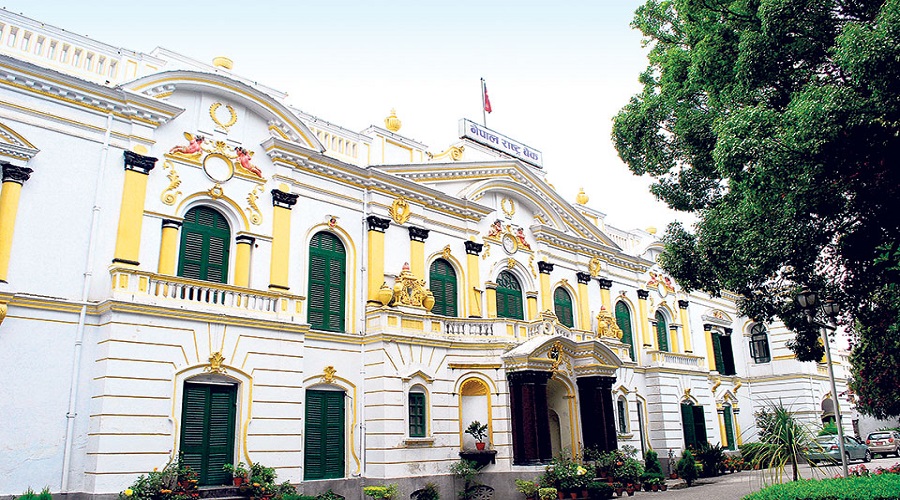KATHMANDU: In preparation for the current financial year, Nepal Rastra Bank is gearing up to implement a comprehensive monetary policy aimed at preserving the gains achieved in the external sector.
The policy will focus on strategic measures, including rate manipulation, flexible and targeted lending policies, deposit preservation, and inflation control, with the primary objective of revitalizing economic activity while ensuring financial stability.
The economy’s external indicators have shown strength due to various policy measures, such as import bans, cash margins, and improved remittances in the past.
However, the central challenge now lies in maintaining this positive momentum and reviving slowed economic activities. To address these issues, Nepal Rastra Bank is finalizing the monetary policy, which will be announced on Sunday after discussions in the morning meeting of the Board of Directors.
Among the key priorities of the policy, the National Bank aims to increase credit flow to the productive sector, promote the mobilization of deposits as a financial resource for lending, and maintain a positive real return of deposits.
The private sector’s credit expansion target is expected to be set at 12 to 13 percent to contribute to the government’s goal of achieving a 6 percent economic growth and keeping inflation within 6.5 percent.
While the current liquidity situation in the financial system allows for some policy flexibility, the focus will be on responsible rate adjustments and prudent policies rather than a complete overhaul.
The real estate and stock market sectors may receive specific attention to spur immediate improvement. However, major policy changes regarding microfinance institutions will be determined after a thorough study by the National Bank.
The governor of Nepal Rastra Bank, Mahaprasad Adhikari, has indicated that the policy rate may be adjusted as needed, taking into account the external sector’s improvement and the need to ease bank loan recovery.
Nonetheless, the bank will be cautious in its approach, considering the global trend of tight monetary policies suggested by international donor agencies like the International Monetary Fund (IMF).
It is essential to strike a balance between monetary policy and financial policy (budget) as people’s expectations increasingly rely on monetary measures for favorable economic arrangements.
With the surplus balance, declining imports, adequate foreign exchange reserves, and increasing remittance inflows, Nepal Rastra Bank faces the challenge of bolstering the domestic economy, ensuring financial stability, and managing inflation within desired limits.
The upcoming monetary policy is expected to address more than 20 programs outlined in the budget, with a focus on strengthening the financial sector, supporting investment in the productive sector, facilitating access to capital, and promoting financial literacy.
The concept of inclusive finance will be incorporated to prevent resource concentration and encourage formal remittance channels for social security and infrastructure development.
With significant liquidity available in the financial system for the current financial year, the National Bank’s responsible use of this power will be crucial.
To strike the right balance, experts suggest adopting a moderate approach, neither too loose nor too tight, to ensure easy access to loans for priority sectors while discouraging credit for luxury and non-productive goods imports.

